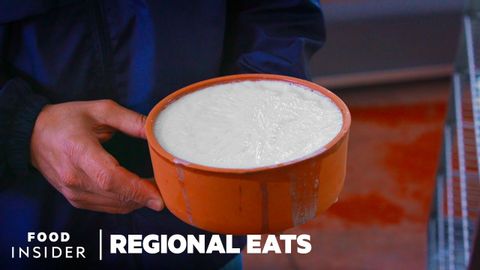
Subtitles & vocabulary
How Authentic Greek Yogurt Is Made | Regional Eats
00
林宜悉 posted on 2022/04/26Save
Video vocabulary
strength
US /strɛŋkθ, strɛŋθ, strɛnθ/
・
UK /streŋθ/
- Noun (Countable/Uncountable)
- Condition of being strong
- The quality or state of being physically strong.
A2TOEIC
More strain
US /stren/
・
UK /streɪn/
- Transitive Verb
- To remove the water from (food) using a colander
- To injure a muscle, leg etc. by using it too much
- Noun (Countable/Uncountable)
- Injury to a muscle, leg etc. through overuse
- Type or variation of a disease or bacillus
B2
More combination
US /ˌkɑmbəˈneʃən/
・
UK /ˌkɒmbɪ'neɪʃn/
- Noun
- Series of letters or numbers needed to open a lock
- Act or result of mixing things together
B1
More Use Energy
Unlock All Vocabulary
Unlock pronunciation, explanations, and filters
